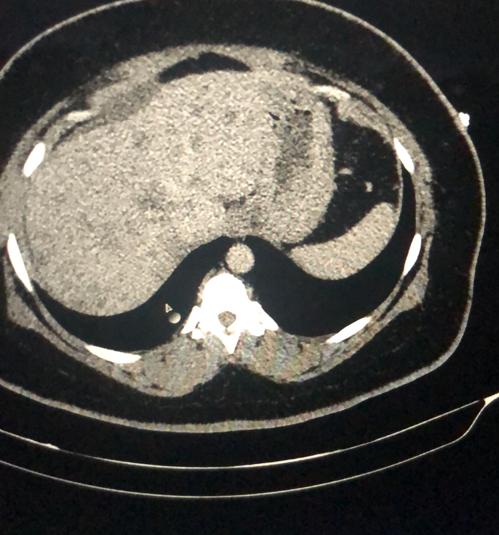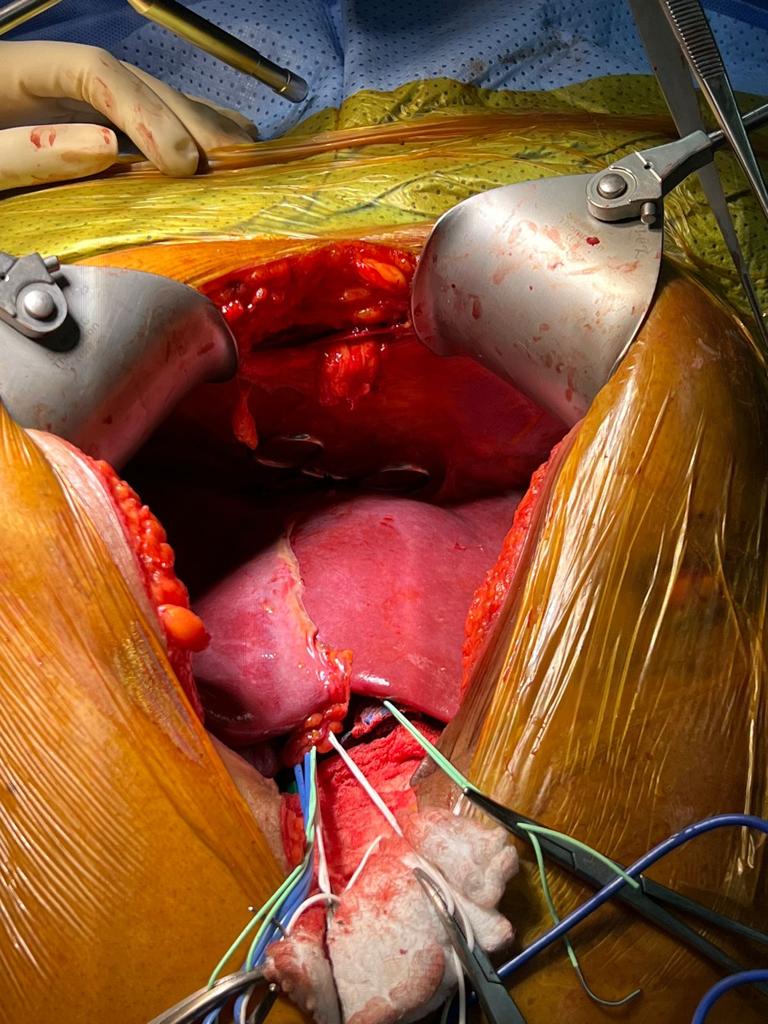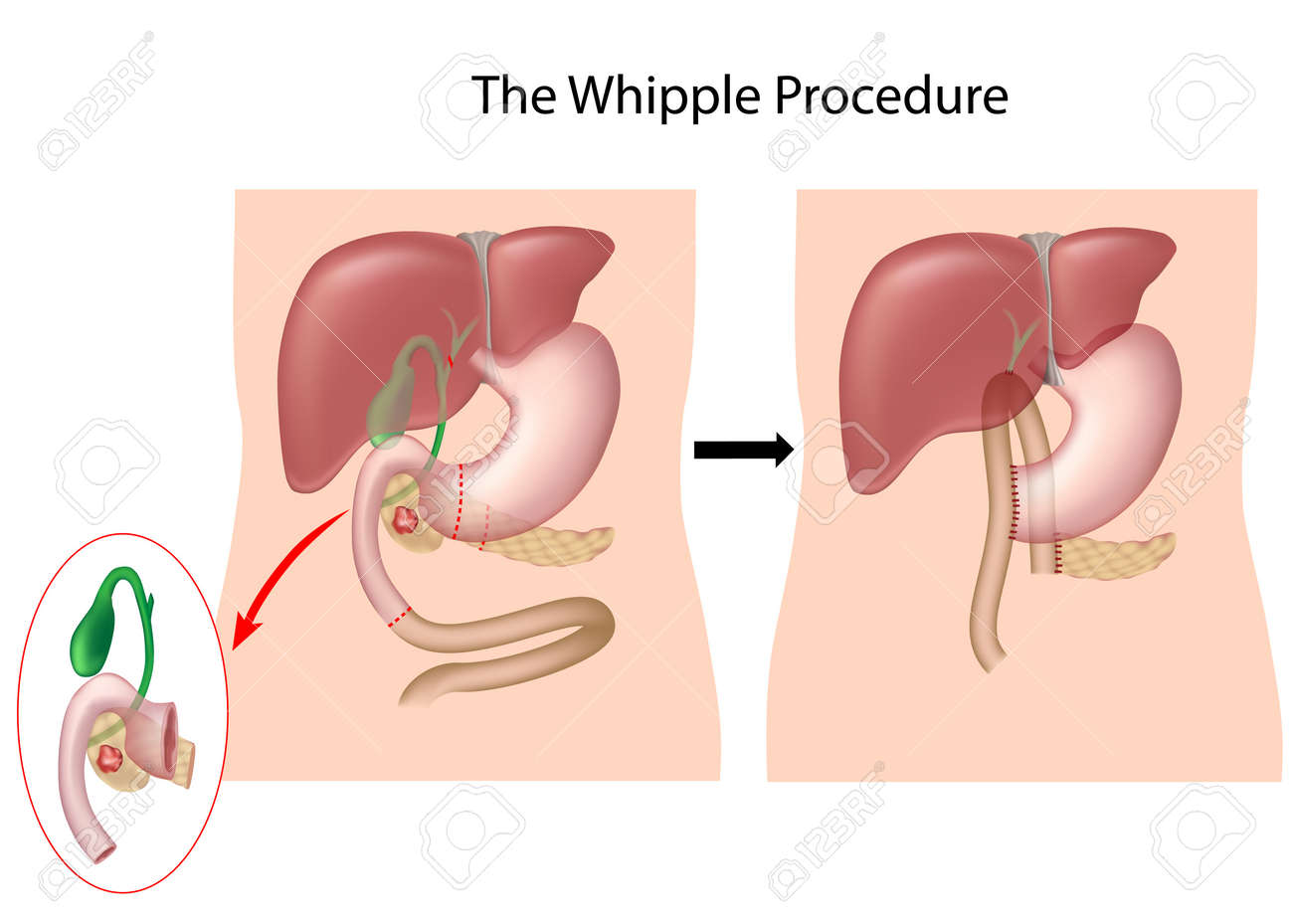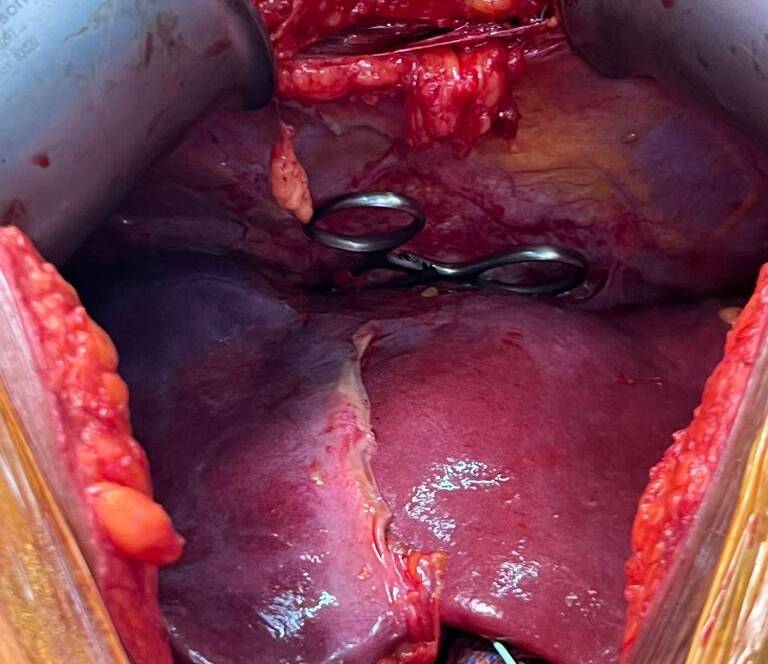Introduction:
Understanding a medical procedure can be daunting, especially when it involves major organs. The Whipple procedure is one such operation, primarily used to treat tumors of the pancreas. This guide aims to provide an overview of the Whipple procedure, helping you know what to expect and how to prepare.
What is the Whipple Procedure?
Also known as pancreaticoduodenectomy, the Whipple procedure involves the removal of the head of the pancreas, the first part of the small intestine (duodenum), the gallbladder, and the bile duct. After these parts are removed, the remaining organs are reconnected to ensure the digestive system remains functional.


Why is it Done?
The primary reason for performing the Whipple procedure is to treat tumors located in the head of the pancreas. It can also be used for tumors or other abnormalities in the bile duct and nearby structures.
What to Expect?
Before the Procedure:
Consultation: Your surgeon will explain the procedure, its risks, and its benefits.
Tests: You’ll undergo various tests, including blood tests and imaging (like CT scans) to assess your overall health and the specifics of your condition.
Preparation: You might be asked to fast for a certain number of hours before the surgery.
During the Procedure:
The Whipple procedure is an open surgery, meaning the surgeon will make a large incision to access the organs.
General anesthesia will be administered, so you’ll be asleep and won’t feel pain during the operation.
The surgery can last several hours, depending on the complexity.
After the Procedure:
Recovery: You will initially be in an intensive care unit (ICU) and later moved to a regular room. Hospital stay often ranges from one to two weeks.
Diet: Your diet will be gradually reintroduced, starting with clear liquids and moving to more solid foods as your body adjusts.
Follow-up: Regular follow-up appointments will be necessary to monitor your recovery and address any complications.

Risks:
Like all major surgeries, the Whipple procedure comes with potential risks, including:
⦁ Infections
⦁ Bleeding
⦁ Blood clots
⦁ Leakage from the site where organs are reconnected
⦁ Bowel obstructions
⦁ Weight loss
⦁ Dietary difficulties
Recovery and Post-Operative Care:
Recovery from the Whipple procedure requires patience and careful follow-up. Some considerations include:
⦁ Adhering to a prescribed diet to aid digestion.
⦁ Monitoring for signs of diabetes, as the pancreas plays a role in insulin production.
⦁ Attending all follow-up appointments.
⦁ Engaging in light physical activity, as recommended by your doctor, to regain strength.
Conclusion:
The Whipple procedure, while complex, can be a life-saving surgery for many individuals with pancreatic tumors or related conditions. Understanding the process and knowing what to expect can ease some of the anxieties associated with the operation. Always maintain open communication with your healthcare team, ask questions, and ensure you’re well-informed as you embark on this journey to better health.



